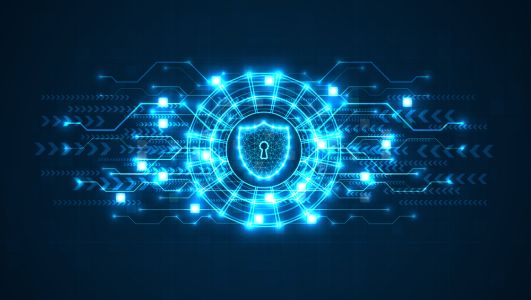Ensuring robust cybersecurity is paramount for protecting critical infrastructure and industrial control systems. The International Electrotechnical Commission (IEC) developed the widely adopted IEC 62443 standard to provide comprehensive guidelines for securing ICS environments. Today, “62443” is rapidly becoming the accepted standard. Let’s explore the best practices for implementing IEC 62443 and how they contribute to strengthening the cybersecurity posture of industrial systems.
One of the fundamental aspects of IEC 62443 calls for conducting thorough, periodic risk assessments, involving the identification of potential vulnerabilities, assessing their impact, and determining the likelihood of exploitation. By understanding the risks specific to the ICS environment, organizations can prioritize and allocate resources effectively to mitigate the most critical vulnerabilities and thereby reduce their overall risk.
- Implementing robust security policies and procedures is essential for maintaining a secure ICS environment. These policies and procedures offer guidelines for maintaining a robust security posture. They include: (1) network segmentation, (2) access control, (3) threat detection, (4) vulnerability management, and (5) ongoing employee training. By adhering to these guidelines, organizations can ensure consistent implementation of best practices across their industrial systems.
- 1. A secure network architecture is a critical best practice involving implementing network segmentation, demilitarized zones (DMZ), and firewalls to separate critical components from less secure areas. Secure network architecture prevents unauthorized access to prevent attack. It also limits the spread of attacks once they occur and minimizes the potential impact of any breaches.
- 2. Controlling access to ICS environments is crucial for preventing unauthorized individuals from tampering with critical systems. Implementing strong access controls, including multi-factor authentication (MFA) and role-based access control (RBAC), ensures that only authorized personnel can access and make changes. But these are not static: access privileges must be reviewed and updated regularly to maintain a secure environment.
- 3. Real-time monitoring and intrusion detection systems play a vital role in the rapid and accurate identification and response to potential threats. Intrusion detection systems (IDS) platforms help organizations detect anomalies and respond promptly to security incidents, minimizing potential damage.
- 4. Organizations should acquire tools to enable a robust vulnerability management process, including regular vulnerability scans and assessments that take advantage of evolving threat intelligence to proactively identify and remediate weaknesses. Keeping systems up-to-date with the latest patches and security updates is crucial for mitigating vulnerabilities before they can be exploited by threat actors. Regular application of patches and updates to ICS components, including industrial devices and software applications, helps protect against known vulnerabilities. Since these are always evolving, the policy of patches and security updates should be as frequent as the operation can tolerate.
- 5. Human error remains one of the leading causes of security breaches. Educating employees about cybersecurity best practices, raising awareness about common attack vectors, and providing regular training on security protocols are crucial steps in becoming IEC 62443-compliant. By fostering a security-conscious culture, organizations can empower their workforce to identify and report potential threats, contributing to a more resilient ICS environment.
Implement Now!
Implementing the recommendations of IEC 62443 is vital for securing industrial control systems against evolving cyber threats. By adopting its suggestions:
- implementing a secure network architecture
- controlling access to networks and devices
- monitoring for intrusions
- patching vulnerabilities
- prioritizing employee training and awareness
organizations can bolster their cybersecurity posture and claim compliance. Adhering to these practices not only protects critical infrastructure but also ensures the continuity of operations, reduces risks, and safeguards against potential financial and reputational damage.
Embracing IEC 62443 is a proactive step towards maintaining a resilient and secure ICS environment.
How Can Radiflow Help?
Radiflow’s OT cybersecurity suite delivers a comprehensive solution that helps bring ICS operations into compliance with IEC 62443. Operators can continuously quantify the risk of cyberattack on their operations and obtain specific guidance, step by step, for optimizing cybersecurity given their budgets and needs.
Contact us to find out more about Radiflow’s ICS security products and to assess your level of network segmentation.

Let’s explore the best practices for implementing IEC 62443 and how they contribute to strengthening the cybersecurity posture of industrial systems.



